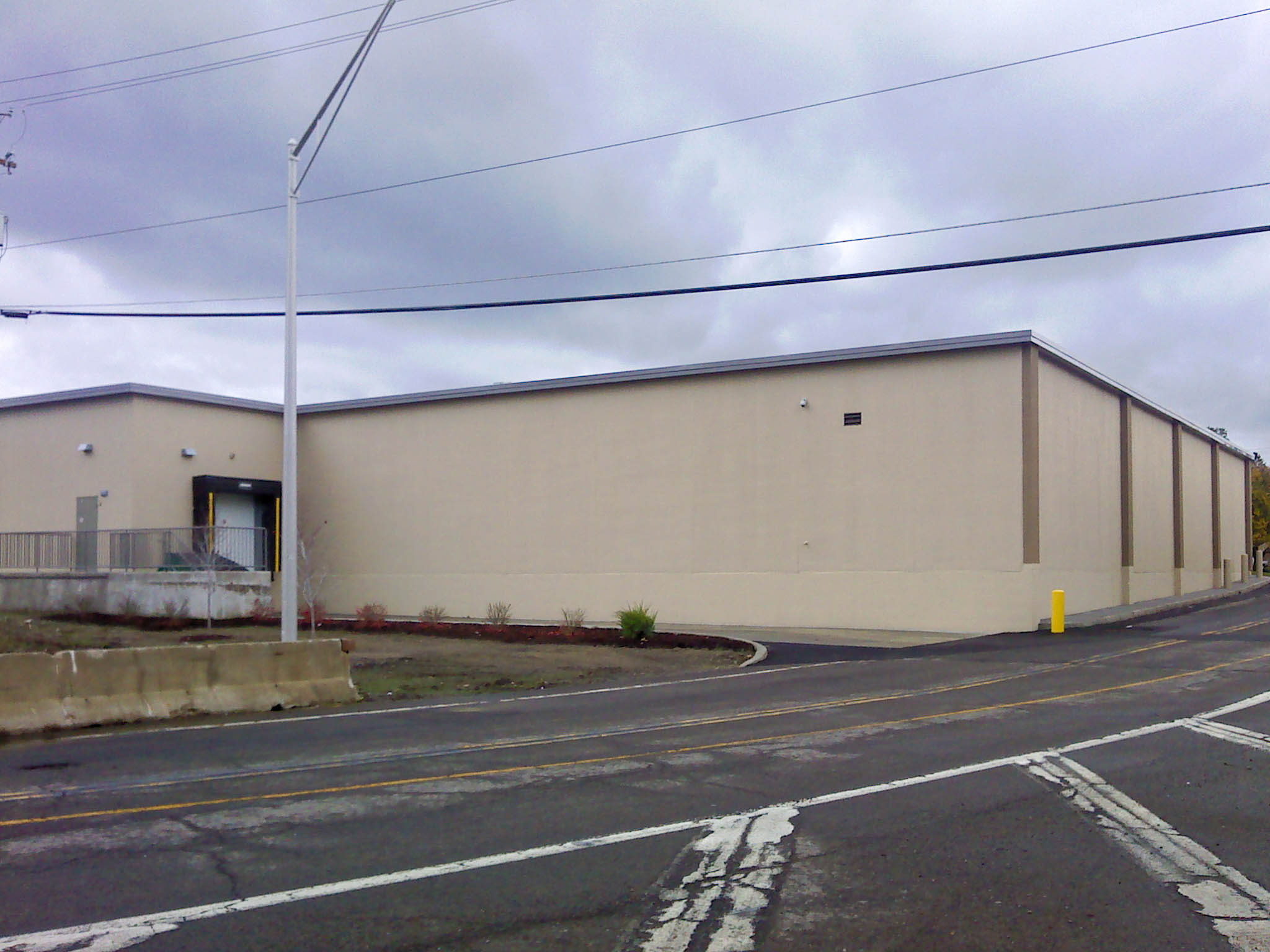In today’s fast-paced construction industry, efficiency and durability are paramount. Precast concrete has emerged as a leading solution for warehouse construction, offering numerous advantages over traditional building methods. This blog post delves into the key benefits of precast concrete, exploring how it can revolutionize warehouse construction projects.
Precast concrete involves manufacturing concrete components in a controlled factory environment. These components, such as walls, columns, beams, and floor slabs, are then transported to the construction site and assembled. This method significantly reduces construction time and minimizes disruptions on-site.
Key Benefits of Precast Concrete for Warehouse Construction
1. Speed and Efficiency:
- Faster Construction Timelines: Precast concrete components are manufactured off-site, allowing simultaneous construction activities on multiple fronts. This significantly accelerates project timelines.
- Reduced On-Site Labor: The assembly of precast components requires less labor compared to traditional construction methods, leading to cost savings and increased efficiency.
2. Durability and Longevity:
- Resistance to Weather and Fire: Precast concrete is inherently resistant to fire, water damage, and extreme weather conditions, ensuring the long-term durability of warehouse structures.
- Minimal Maintenance: The robust nature of precast concrete reduces the need for frequent maintenance and repairs, lowering long-term operational costs.
3. Design Flexibility and Customization:
- Diverse Architectural Options: Precast concrete offers unparalleled design flexibility, allowing for the creation of unique and visually appealing warehouse structures.
- Customization Capabilities: Precast components can be customized to meet specific functional and aesthetic requirements, tailoring the warehouse to the client’s needs.
4. Cost-Effective Solution:
- Predictable Budgeting: The precise manufacturing process of precast concrete allows for accurate cost estimation and budgeting, minimizing financial risks.
- Reduced Labor Costs: The efficient assembly process and reduced labor requirements contribute to overall cost savings.
5. Improved Safety and Quality Control:
- Controlled Manufacturing Environment: Precast components are manufactured in a controlled factory setting, ensuring consistent quality and minimizing defects.
- Enhanced Worker Safety: The off-site manufacturing process reduces on-site hazards, promoting a safer working environment for construction workers.
Specific Applications of Precast Concrete in Warehouse Construction
- Structural Framing: Precast concrete columns and beams provide a strong and durable framework for warehouse structures.
- Floor Slabs: Precast concrete floor slabs offer high load-bearing capacity and excellent fire resistance, ideal for heavy-duty warehouse operations.
- Wall Panels: Precast concrete wall panels provide superior insulation, soundproofing, and security, creating energy-efficient and safe warehouse environments.
- Roof Systems: Precast concrete roof systems offer durability, weather resistance, and fire protection, safeguarding valuable inventory and equipment.
Future Trends in Precast Concrete for Warehouse Construction
- Sustainable Precast Concrete: Incorporating recycled materials and energy-efficient manufacturing processes to reduce the environmental impact of precast concrete.
- Modular and Prefabricated Warehouses: Utilizing standardized precast components to create modular and prefabricated warehouse solutions, accelerating construction and reducing costs.
- Smart Building Integration: Integrating smart building technologies into precast concrete structures to optimize energy efficiency, security, and maintenance.
The Future of Warehouse Construction is Precast Concrete
As the construction industry continues to evolve, precast concrete emerges as the ideal solution for modern warehouse construction. Its numerous advantages, including speed, durability, flexibility, cost-effectiveness, and safety, make it a compelling choice for developers and contractors. By embracing precast concrete, we can build stronger, more sustainable, and more efficient warehouse facilities.




